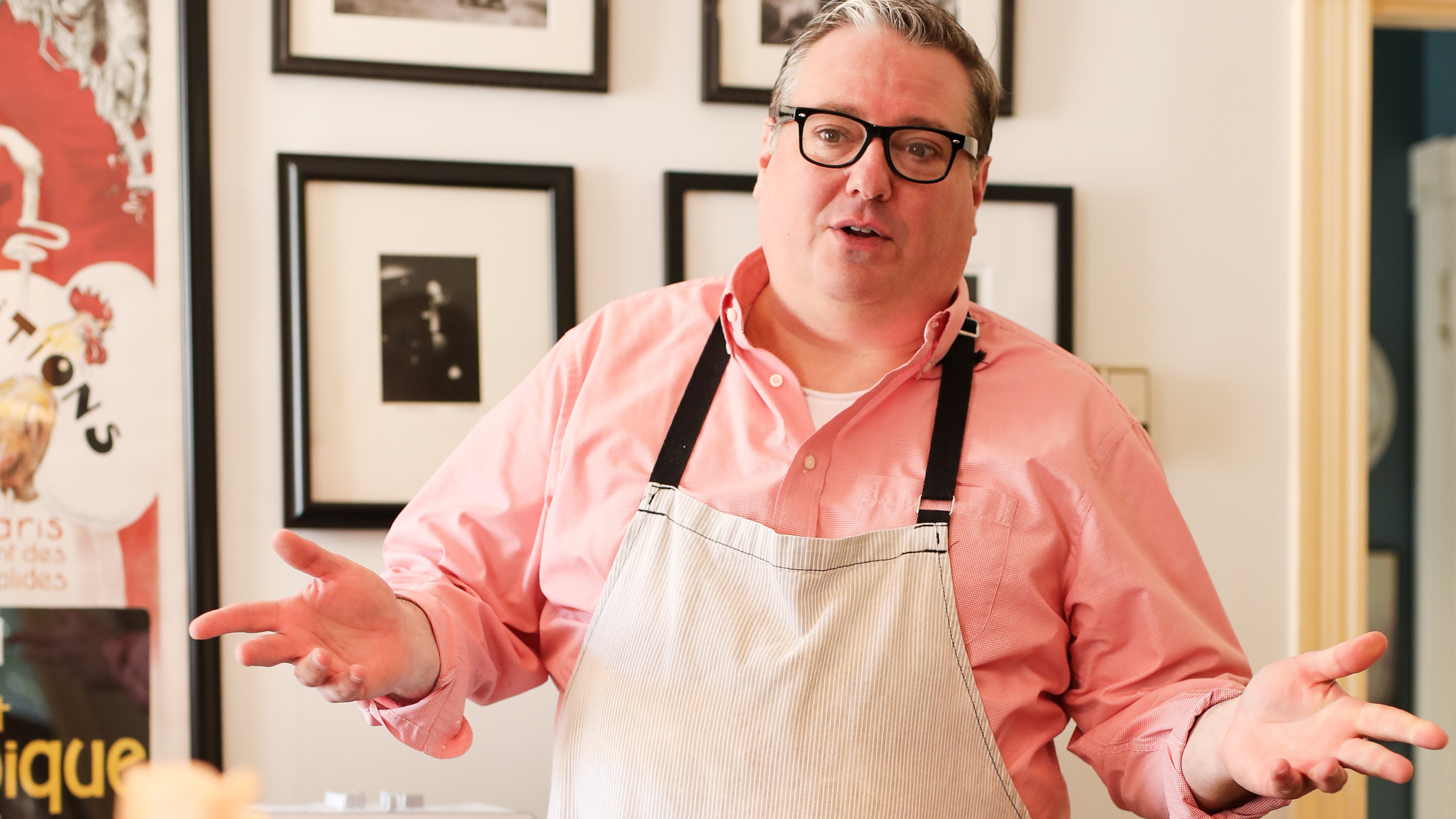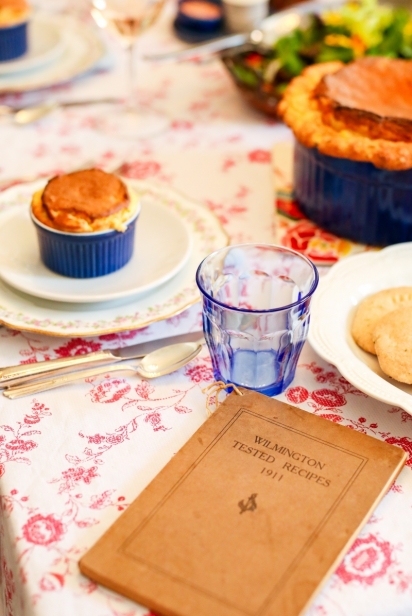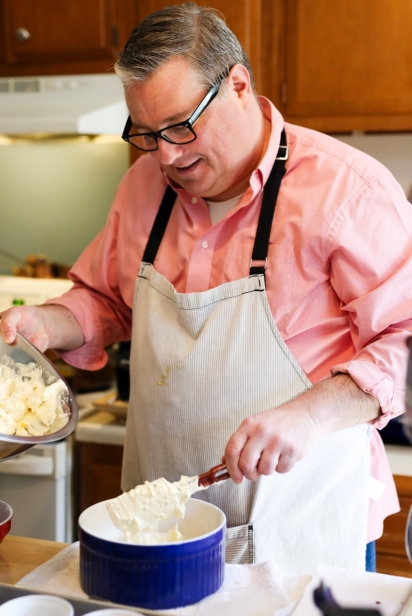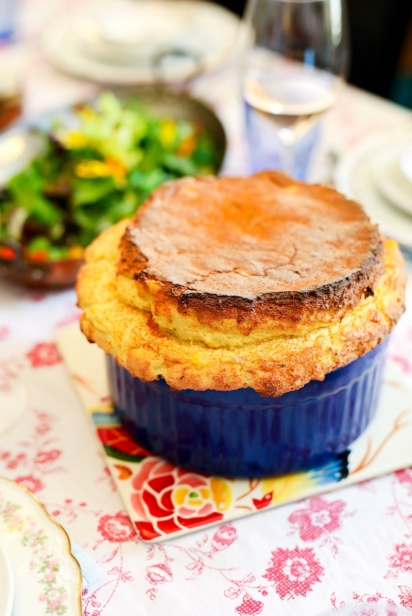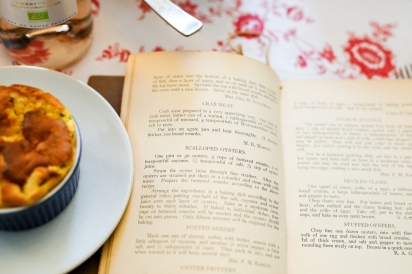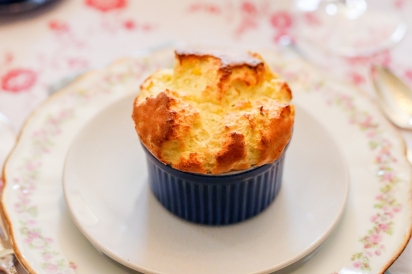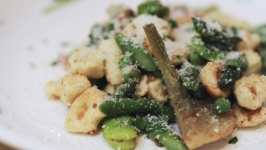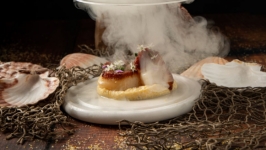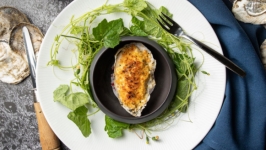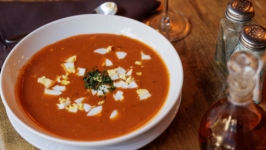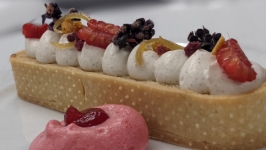Interpreting a Culinary Gem: Chef Robert Lhulier and a 1911 Wilmington Community Cookbook
Community cookbooks are like time capsules, offering tantalizing glimpses about how people lived, what they cooked and what they ate in a very particular time and place.
Probably thousands of these humble, spiral-bound treasures have been produced in Delaware, but the unexpected discovery of a slim volume titled simply Wilmington Tested Recipes 1911 can open a window into the food of turn of the century times.
When philanthropic ladies of the Wilmington Friends congregation banded together to compile their best recipes, such cookbooks were relatively new on the scene – and were considered somewhat racy as gentile ladies from fine families simply didn’t have their names in print. However, a cookbook for a good cause was deemed acceptable and allowed contributors to express themselves and to show off their skills.
And what were they cooking? In turn-of-the-century Wilmington, scratch cooking with seasonal, local ingredients was the norm. You ate what you grew, could get from the market down the street, or what was put away from last season’s bounty. In fact, one of the recipes from the book advises in a recipe for stewed greens, “Buy 3 bunches of Swiss Chard from a woman standing at 8th and King Streets on market days… for a most inexpensive dish.”
At that time, most middle-class families had a cook who prepared the daily meals. The lady of the house, on the other hand, focused her attention on dishes for entertaining. A luncheon featuring canned salmon was considered luxurious. Puddings were the height of sophistication and so recipes for Fig, Date, Plum, Fruit and Delicious Pudding were offered.
In reading community cookbooks published over time, trends emerge. New ingredients become popular. A hot new trend becomes passé. Classics hold their own. On the cusp of World War I, powdered gelatin was an entirely new thing and dishes made from it were served on special occasions. Today, who would serve Jello to guests?
Just as scratch cooking was the norm in 1911, recipe writers assumed that readers knew their way around the kitchen, so they provided paragraph style summaries and used familiar references rather than line-by-line instructions. Do you know what it means to use a piece of “butter the size of a walnut” or “a thimble of vanilla”? Well they did. Just as they understood advice to “cover a fruit pie plate with good paste.”
In re-envisioning a dish from this cookbook, Wilmington Chef Robert Lhulier found inspiration in a quintessential regional ingredient–crabmeat. Starting from a recipe for a dish resembling deviled crab and served for guests in a chafing dish, he created a light and savory crab soufflé. “People don’t think of crab in a soufflé”, he said, “but it can be very elegant and contemporary.”
So in a way, we’ve come full circle from the time of the 1911 Friends’ community cookbook. Scratch cooking and seasonal ingredients were the order of the day then just as they are the way to eat now here on Delmarva, especially when crabs are in season.


